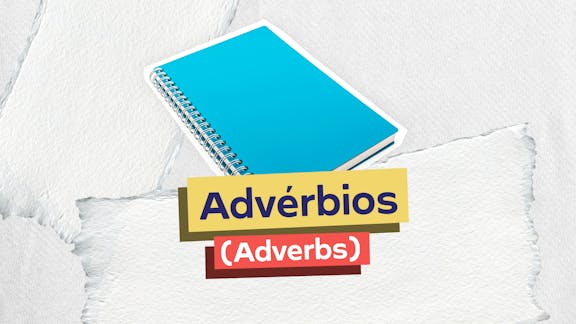Read the text below. Fill in the blanks with the right conjunctions.
n today's world, (I) _________ just about everything is more convenient and accessible due to
advances in technology across almost all sectors, it may seem (II)_________ it's a misnomer to
even mention any disadvantages of technological advances. (III) __________, despite how far
technology has taken humans and no matter (IV) ______ convenient it may make things, there are
some disadvantages accompanying this level of access.
Technology advances show people a more efficient way to do things, and these processes get
results. For example, education has been greatly advanced by the technological advances of
computers. Students are able to learn on a global scale without ever leaving their classrooms.
Agricultural processes (V)_______ once required dozens upon dozens of human workers can now
be automated, thanks to advances in technology, which means cost-efficiency for farmers. Medical
discoveries occur at a much more rapid rate, thanks to machines and computers that aid in the
research process and allow for more intense educational research into medical matters.
Cost efficiency is an advantage in some ways and a disadvantage in others. (VI) _______
technology improves on existing processes and showcases new ways to accomplish tasks,
machines are able to produce the same -- if not more -- output (VII) _______ humans in certain
industries. This results in cost savings for business owners, allowing them to invest in growth in
other areas of the business, (VIII) _________ contributes on a positive level to the economy as a
whole.
Available at: ..smallbusiness.chron.com/advantages-disadvantages-technology-advances-12579.html
Mark the correct alternative.
Read the text below. Fill in the blanks with the right conjunctions.
n today's world, (I) _________ just about everything is more convenient and accessible due to advances in technology across almost all sectors, it may seem (II)_________ it's a misnomer to even mention any disadvantages of technological advances. (III) __________, despite how far technology has taken humans and no matter (IV) ______ convenient it may make things, there are some disadvantages accompanying this level of access.
Technology advances show people a more efficient way to do things, and these processes get results. For example, education has been greatly advanced by the technological advances of computers. Students are able to learn on a global scale without ever leaving their classrooms. Agricultural processes (V)_______ once required dozens upon dozens of human workers can now be automated, thanks to advances in technology, which means cost-efficiency for farmers. Medical discoveries occur at a much more rapid rate, thanks to machines and computers that aid in the research process and allow for more intense educational research into medical matters.
Cost efficiency is an advantage in some ways and a disadvantage in others. (VI) _______ technology improves on existing processes and showcases new ways to accomplish tasks, machines are able to produce the same -- if not more -- output (VII) _______ humans in certain industries. This results in cost savings for business owners, allowing them to invest in growth in other areas of the business, (VIII) _________ contributes on a positive level to the economy as a whole.
Available at:
Mark the correct alternative.
Read the text below.

Read the text below.







